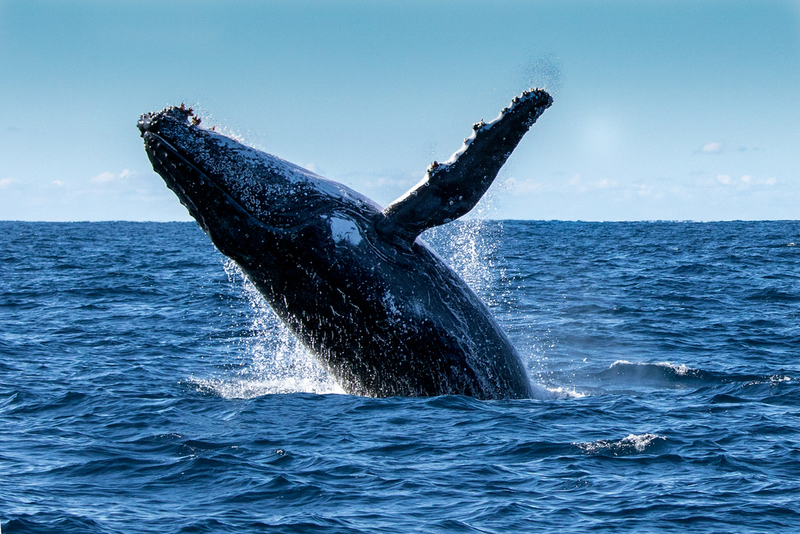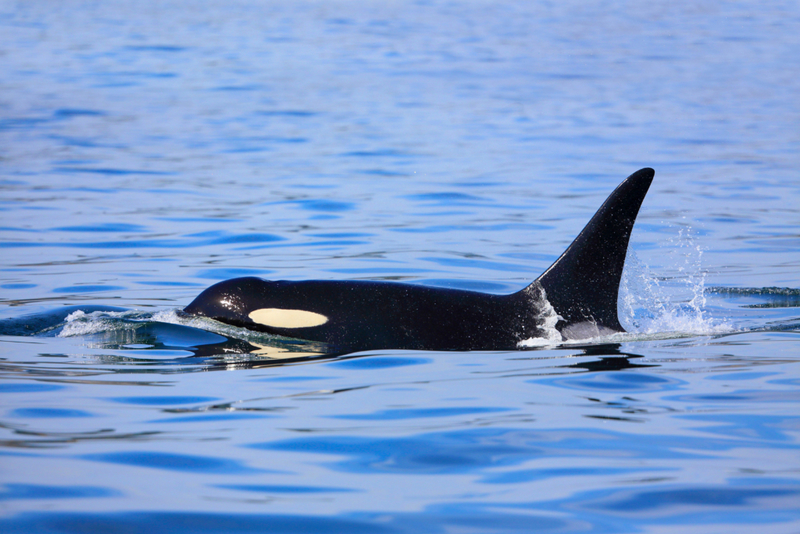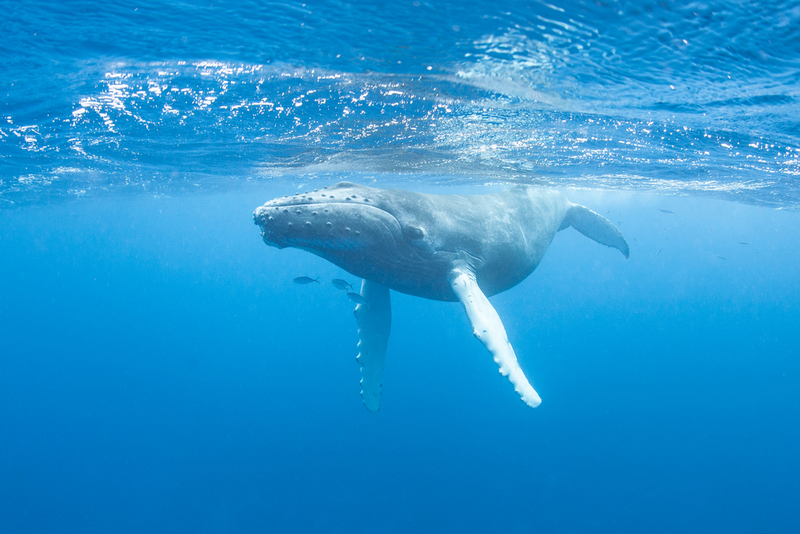
Whales have always captivated our sense of wonder, but there’s a lot more to these creatures than their impressive size!
Whales, like all mammals, breathe oxygen, give birth to their young, consume milk, and at some point in their lives, have hair.
There are two types of whales out there: Toothed Whales and Baleen Whales.
Toothed whales, as the name implies, have teeth.

They make up 76 species of whales, including sperm whales, beluga whales, and narwhals. These are gregarious creatures who are also skilled hunters. They employ bio-sonar to track down their prey, which includes huge fish, octopuses, and squid.
The baleen whale, on the other hand ( or fin rather), has no teeth.

Instead, their mouths are bordered with keratin plates that look like curtains. They’re filter feeders, which means they drink a lot of water that’s full of delectable krill or shrimp. They force the water out of their filtered mouths like a sieve, swallowing whatever is left. Gulp!
Whales are among the creatures with the longest lifespans. Bowhead whales (a type of baleen whale located in the Arctic) are thought to live for more than 200 years, whereas killer whales (a toothed whale found in a variety of habitats around the world) are thought to live for more than 100 years.
Did you know that whales enjoy a good sing-song as much as we do? Whale songs, unlike those of other mammals with genetically hardwired mating cries, can only be learned from other whales and are quite sophisticated in sound (think more Pavarotti than Peter Andre).Male humpbacks are by far the most well-known crooners, with serenades lasting up to 30 minutes and even making it onto record charts!

Bowheads have the most song repertoire, and, like jazz musicians, they like improvising. Blue whales are the world’s largest mammals, thus it’s no surprise that they have the lowest frequency musical talent. Barry White, step aside!